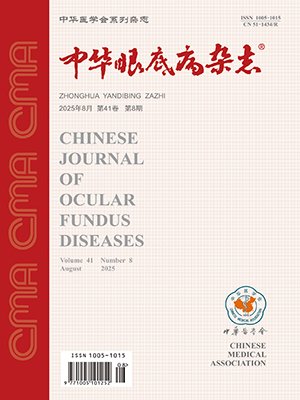Objective To study the human optic canal and its inner structures, and provide anatomic knowledge of this area for optic nerve decompression and further study in pathologic mechanisms of indirect optic nerve injury. Methods Serial sections of the 18 optic canals of adults were made at orbital, middle and cranial parts. Quantitative measurements of the canal wall thickness, canal transverse area, dural sheath transverse area, optic nerve transverse area, and subarachnoid space transverse area were done by means of IMAGEPRO morphometric analysis system. Subarachnoid space transverse area to canal transverse area ratio (SSTA/CTA) and subarachnoid space transverse area to dural sheath transverse area ratio (SSTA/DSTA) were calculated. Results The middle portion of medial wall is the thinnest part of the canal (0.35 plusmn;0.48)mm. The middle part of the optic canal was the narrowest part and the transverse area was (17.54 plusmn;2.12)mm2. From cranial end to orbital end, SSTA/CTA, SSTA/DSTA and the subarachnoid space transverse area became smaller and smaller. Conclusion Since the potential space is limited, even a tiny amount of blood or sweling of the nerve may cause optic compression. Due to the potential space gradually decreases from cranial end to orbital end and the narrowest portion of the canal is in the middle part, the middle part and the anterior part of the optic canal are critical in optic narve decompression. (Chin J Ocul Fundus Dis,1999,15:24-26)
Citation: TAO Hai,MA Zhizhong,JIANG Li. Sectional observation on optic canal and intracanalicular structures. Chinese Journal of Ocular Fundus Diseases, 1999, 15(1): 24-26. doi: Copy
Copyright © the editorial department of Chinese Journal of Ocular Fundus Diseases of West China Medical Publisher. All rights reserved




